Home>Furniture & Design>Bathroom Accessories>What Tool In A First Aid Kit Can Be Used To Remove Debris From A Wound?
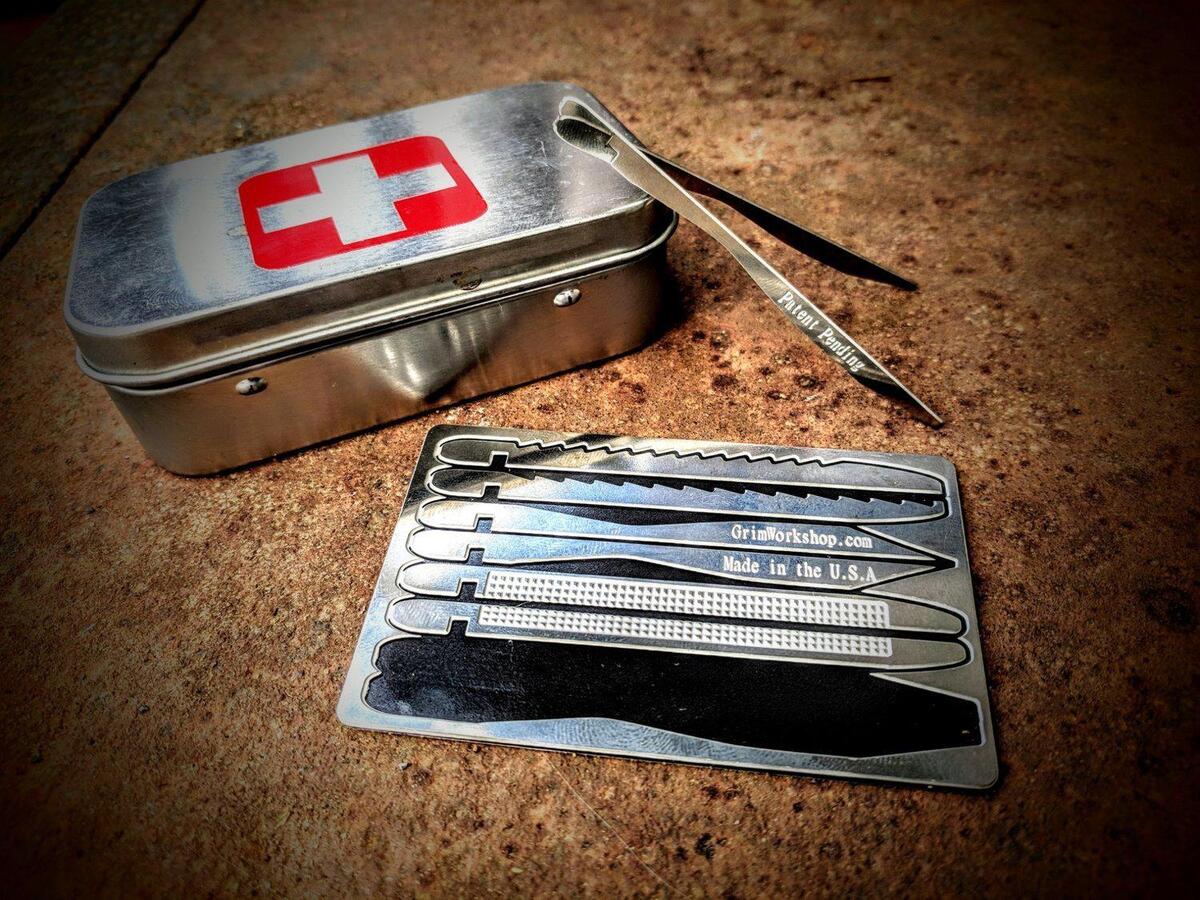

Bathroom Accessories
What Tool In A First Aid Kit Can Be Used To Remove Debris From A Wound?
Published: February 10, 2024
Discover the essential bathroom accessories for first aid, including the tool to remove debris from wounds. Be prepared for any emergency with the right supplies.
(Many of the links in this article redirect to a specific reviewed product. Your purchase of these products through affiliate links helps to generate commission for Storables.com, at no extra cost. Learn more)
Introduction
When it comes to first aid, having the right tools at your disposal can make a significant difference in providing effective care. One crucial aspect of first aid is the removal of debris from a wound. This process is essential for preventing infection and promoting proper healing. In this article, we will explore the importance of removing debris from a wound and discuss the specific tool found in a first aid kit that is designed for this purpose.
The presence of debris in a wound can lead to various complications, including infection, delayed healing, and increased discomfort for the injured individual. Therefore, knowing how to effectively remove debris from a wound is a fundamental skill for anyone providing first aid. Understanding the tools available for this task and how to use them safely is crucial for ensuring the best possible outcome for the injured person.
In the following sections, we will delve into the significance of debris removal, provide an overview of the tools commonly found in first aid kits, and highlight the specific tool designed for removing debris from a wound. Additionally, we will discuss the proper and safe usage of this tool to ensure that the injured individual receives the best care possible.
By gaining a deeper understanding of the importance of debris removal and the tools available for this purpose, you will be better equipped to handle wound care effectively in emergency situations. Let's explore the world of first aid tools and learn how to utilize them for the benefit of those in need.
Key Takeaways:
- Tweezers are the go-to tool in a first aid kit for removing debris from wounds. They help keep wounds clean and reduce the risk of infection, promoting faster healing and less discomfort for the injured person.
- When using tweezers to remove debris from a wound, it’s important to be careful and precise. By following simple steps like cleaning the area and sterilizing the tweezers, you can help ensure the best outcome for the injured person.
Read more: How To Treat A Wound Without A First Aid Kit
Importance of Removing Debris from a Wound
When an individual sustains a wound, whether it's a minor cut or a more severe injury, the presence of debris within the wound can significantly impede the healing process and lead to potential complications. Debris such as dirt, small foreign objects, or fragments from the injury itself can not only cause discomfort but also pose a serious risk of infection. Therefore, the thorough removal of debris from a wound is a critical step in the first aid process.
The presence of debris creates an ideal environment for bacteria and other pathogens to thrive. If left untreated, this can lead to infection, which may result in further tissue damage and prolonged healing time. Additionally, foreign objects within a wound can cause irritation and inflammation, leading to increased pain and discomfort for the injured individual.
Furthermore, the removal of debris is essential for assessing the extent of the injury. Clearing the wound of any foreign matter allows for a more accurate evaluation of the damage, enabling the first aider to determine the appropriate course of action for treatment. By ensuring that the wound is free of debris, healthcare professionals can better assess the depth and severity of the injury, which is crucial for providing the necessary care.
In the context of wound healing, the presence of debris can also interfere with the body's natural healing processes. It can hinder the formation of new tissue and impede the body's ability to close the wound effectively. By removing debris promptly, the healing process can proceed more efficiently, reducing the risk of complications and promoting optimal recovery.
In summary, the importance of removing debris from a wound cannot be overstated. It is a fundamental step in providing effective first aid and plays a vital role in preventing infection, promoting healing, and ensuring the best possible outcome for the injured individual. Understanding the significance of debris removal underscores the critical role of the specific tool designed for this purpose, which we will explore in the following sections.
Overview of First Aid Kit Tools
A well-equipped first aid kit is an essential resource in addressing a wide range of injuries and medical emergencies. Within the confines of a compact and portable container, a variety of tools and supplies are carefully curated to provide immediate assistance and support. When it comes to addressing wounds and injuries, the contents of a first aid kit play a crucial role in facilitating effective first aid treatment.
First aid kits typically contain an assortment of tools and supplies tailored to address common injuries such as cuts, scrapes, burns, and sprains. These kits are designed to be versatile and comprehensive, ensuring that individuals can respond to a diverse array of medical situations. Among the various tools found in a standard first aid kit, some are specifically intended for wound care and the removal of debris from injuries.
Common items in a first aid kit include adhesive bandages, gauze pads, adhesive tape, antiseptic wipes, and disposable gloves. These items are essential for cleaning and dressing wounds, providing protection against infection, and promoting healing. Additionally, scissors and tweezers are often included to assist in cutting bandages and removing small objects or debris from wounds.
Tweezers, in particular, are a valuable tool for removing debris from a wound. They are designed with fine, pointed tips that allow for precise and controlled extraction of foreign objects such as dirt, glass, or splinters. The inclusion of tweezers in a first aid kit enables individuals to carefully and effectively remove debris from wounds, reducing the risk of infection and promoting proper healing.
In addition to tweezers, some first aid kits may also contain specialized tools such as splinter probes or magnifying glasses to aid in the removal of smaller or more deeply embedded debris. These tools are specifically designed to assist in the meticulous extraction of foreign objects from wounds, ensuring thorough cleaning and minimizing the risk of complications.
Overall, the contents of a first aid kit are carefully selected to provide individuals with the necessary tools to address injuries and medical emergencies. The inclusion of specific tools for wound care, such as tweezers and other specialized implements, underscores the importance of debris removal in the first aid process. Understanding the purpose and functionality of these tools is essential for effectively managing injuries and promoting the well-being of those in need.
A pair of tweezers can be used to remove debris from a wound in a first aid kit. Make sure to clean the tweezers with alcohol before and after use.
Tool for Removing Debris from a Wound
Tweezers are the quintessential tool for removing debris from a wound. Within the context of a first aid kit, tweezers play a pivotal role in facilitating the meticulous extraction of foreign objects and debris from injuries. These slender, handheld instruments are designed with fine, pointed tips that enable precise and controlled manipulation, making them ideal for addressing a variety of wound-related scenarios.
The design of tweezers allows for the careful removal of small particles, such as dirt, glass, or splinters, from the affected area. Their slender, elongated shape provides the necessary dexterity to access confined spaces within the wound, ensuring thorough cleaning and debris removal. This precision is crucial for minimizing the risk of infection and promoting optimal healing.
Tweezers are particularly effective in addressing superficial wounds where debris is visible on or near the skin's surface. By gently grasping the foreign object with the tips of the tweezers, individuals can delicately lift and remove the debris without causing further trauma to the surrounding tissue. This targeted approach minimizes the potential for additional injury and discomfort for the injured individual.
Moreover, tweezers are versatile tools that can be used to address a wide range of injuries, from minor cuts and scrapes to more significant wounds. Their ability to grasp and remove various types of debris makes them indispensable in the first aid process. Whether it's a small splinter embedded in the skin or a particle of dirt lodged in a superficial abrasion, tweezers provide the precision and control necessary for effective debris removal.
In addition to their utility in debris removal, tweezers can also aid in the application of wound care products and the positioning of dressings. Their fine tips allow for precise handling of gauze pads, adhesive bandages, and other wound care materials, enabling individuals to provide thorough and meticulous care to the injured area.
Overall, tweezers stand as a fundamental tool for removing debris from wounds, offering a combination of precision, control, and versatility that is essential for effective first aid. Their presence in a first aid kit underscores their significance in addressing injuries and promoting optimal wound care. Understanding the functionality and proper usage of tweezers is essential for ensuring that debris removal is conducted safely and effectively, ultimately contributing to the best possible outcome for the injured individual.
How to Use the Tool Safely
When utilizing tweezers for debris removal, it is essential to approach the task with precision and caution to ensure the safety and well-being of the injured individual. The following guidelines outline the safe and effective use of tweezers for wound care:
-
Prepare the Area: Before using tweezers, it is crucial to prepare the surrounding area. Clean the skin around the wound with antiseptic wipes to minimize the risk of introducing additional contaminants during the debris removal process. This initial step sets the stage for a hygienic and controlled procedure.
-
Inspect the Wound: Carefully examine the wound to identify the presence of any visible debris. Assess the nature and location of the foreign object to determine the most appropriate approach for its removal. Understanding the specifics of the situation will guide the precise use of the tweezers.
-
Sterilize the Tweezers: Prior to use, sterilize the tips of the tweezers with rubbing alcohol or an antiseptic solution. This precautionary measure helps minimize the risk of introducing bacteria or other pathogens into the wound during the debris removal process.
-
Grasp the Debris: Using the sterilized tweezers, gently grasp the visible debris at its base, ensuring a firm but controlled grip. Exercise caution to avoid excessive pressure, which could cause further injury or discomfort to the injured individual.
-
Remove the Debris: With a steady hand, carefully lift and remove the debris from the wound. Maintain a steady and deliberate motion to minimize any potential trauma to the surrounding tissue. If the debris is embedded deeply or is difficult to extract, refrain from forceful manipulation and seek professional medical assistance.
-
Cleanse the Wound: Once the debris has been successfully removed, cleanse the wound with antiseptic wipes to ensure that any residual contaminants are eliminated. This step is crucial for reducing the risk of infection and promoting optimal healing.
-
Apply Wound Dressing: After the debris removal and cleansing process, apply an appropriate wound dressing to protect the injured area. Ensure that the dressing is secure but not overly tight, allowing for proper airflow and healing.
By adhering to these guidelines, individuals can safely and effectively utilize tweezers for debris removal, minimizing the risk of complications and promoting the best possible outcome for the injured individual. It is important to approach the process with care, precision, and attention to detail, ensuring that the injured individual receives the highest standard of first aid care.
Read more: Where Is First Aid Kit From
Conclusion
In the realm of first aid, the meticulous removal of debris from wounds is a fundamental aspect of promoting healing and preventing complications. The presence of foreign objects and contaminants within a wound can significantly impede the body's natural healing processes and increase the risk of infection. Therefore, having the appropriate tools for debris removal, such as tweezers, is essential for ensuring effective wound care.
Throughout this exploration, we have underscored the critical importance of debris removal in the first aid process. Debris not only poses a risk of infection but also hinders the body's ability to heal, leading to prolonged discomfort and potential complications for the injured individual. By understanding the significance of debris removal, individuals can appreciate the vital role that specific tools, such as tweezers, play in facilitating this essential aspect of wound care.
The inclusion of tweezers in a standard first aid kit highlights their significance as a versatile and indispensable tool for addressing a wide range of injuries. Their precision, control, and ability to remove various types of debris make them invaluable in the first aid process. Whether it's a superficial cut or a more significant wound, tweezers provide the necessary dexterity to ensure thorough cleaning and debris removal, ultimately contributing to optimal healing outcomes.
Furthermore, the safe and effective use of tweezers for debris removal is paramount in providing high-quality first aid care. By following established guidelines and exercising caution, individuals can ensure that debris removal is conducted in a manner that minimizes the risk of additional injury or infection. This approach not only promotes the well-being of the injured individual but also sets the stage for a smoother and more efficient healing process.
In conclusion, the proper understanding and utilization of tools for debris removal, particularly tweezers, are essential for delivering effective first aid care. By recognizing the significance of debris removal and the role of specific tools in this process, individuals can enhance their ability to provide comprehensive and meticulous wound care. Ultimately, the knowledge and application of debris removal techniques contribute to the overall goal of promoting the well-being and recovery of those in need of first aid assistance.
Frequently Asked Questions about What Tool In A First Aid Kit Can Be Used To Remove Debris From A Wound?
Was this page helpful?
At Storables.com, we guarantee accurate and reliable information. Our content, validated by Expert Board Contributors, is crafted following stringent Editorial Policies. We're committed to providing you with well-researched, expert-backed insights for all your informational needs.
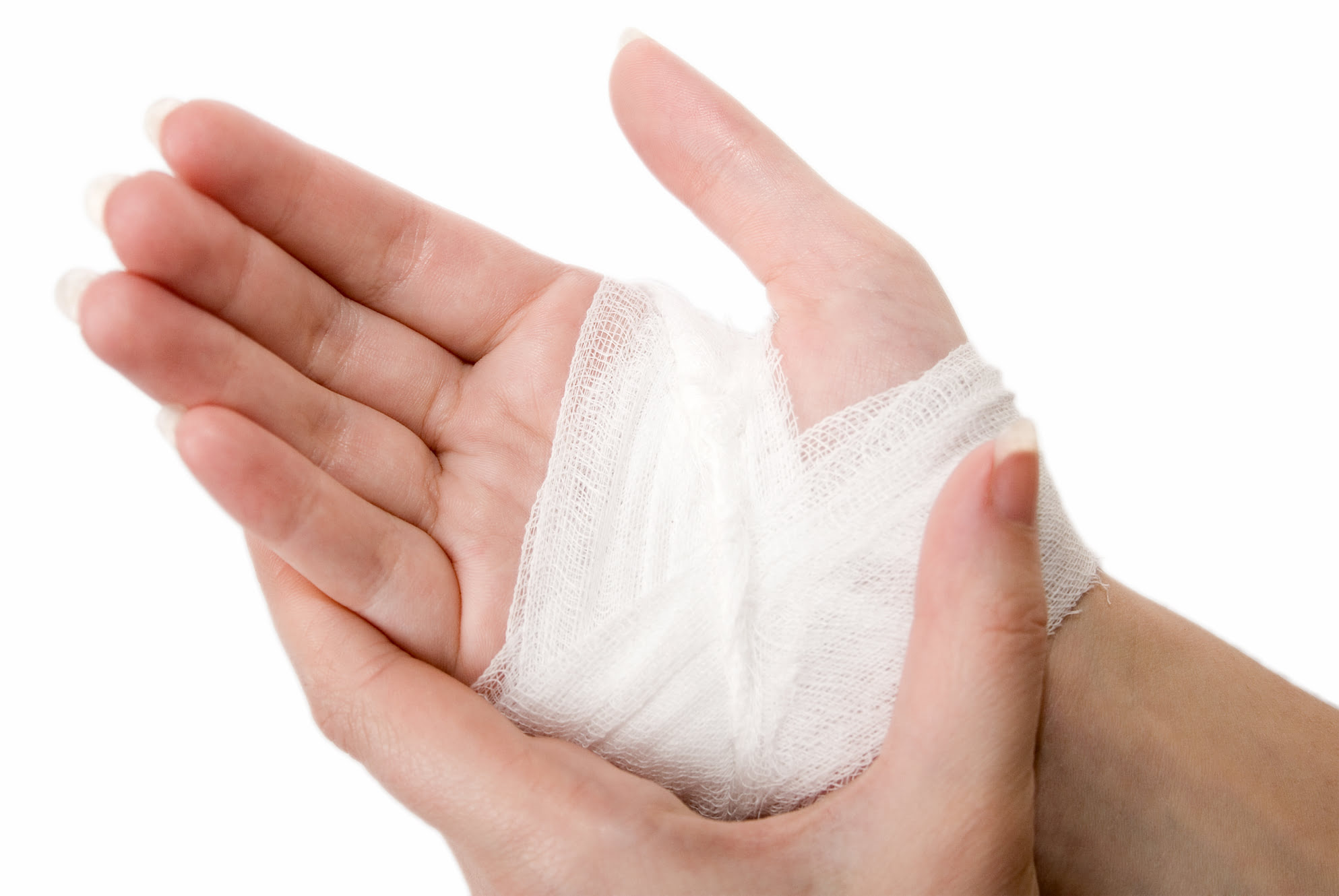
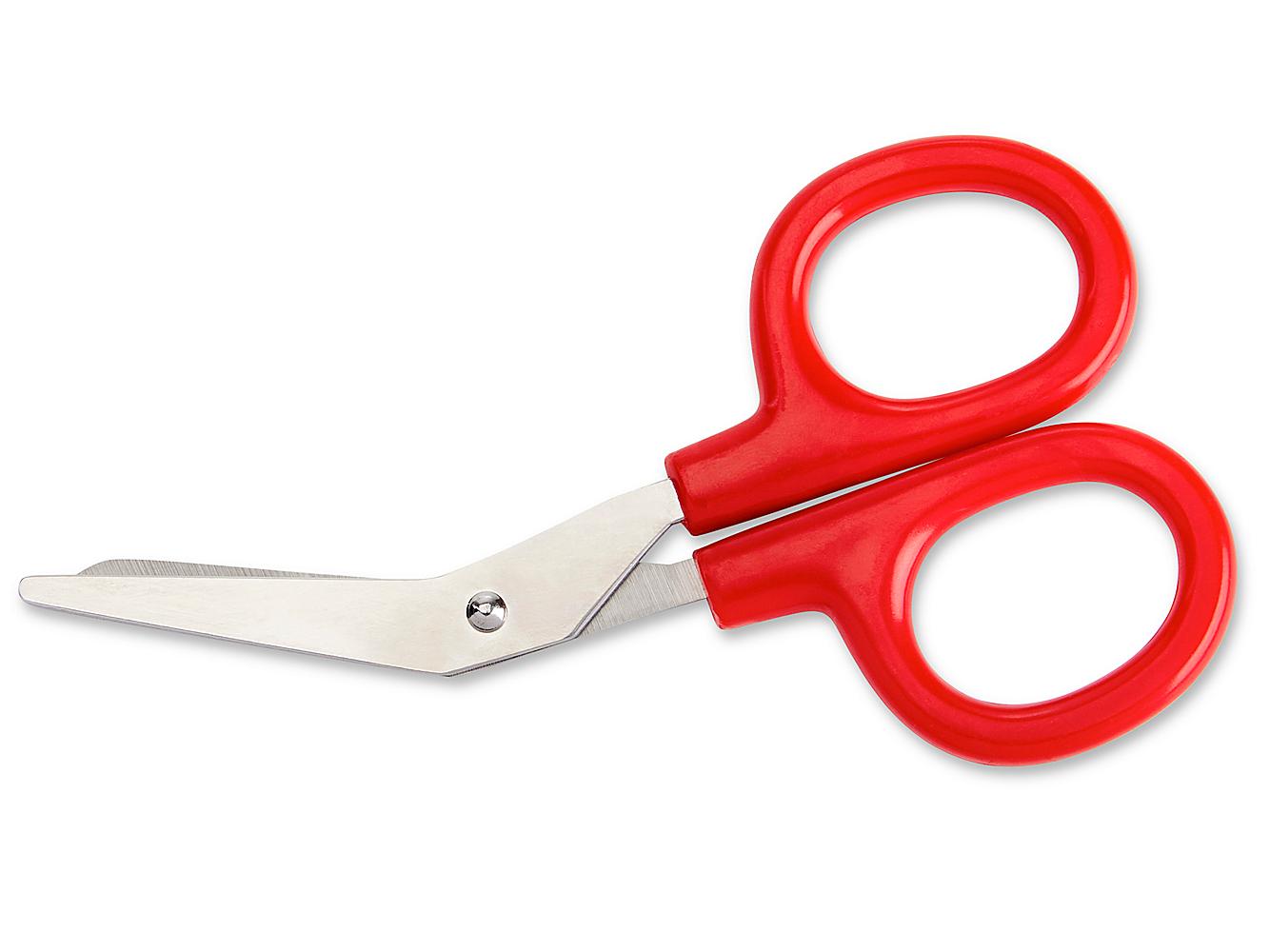
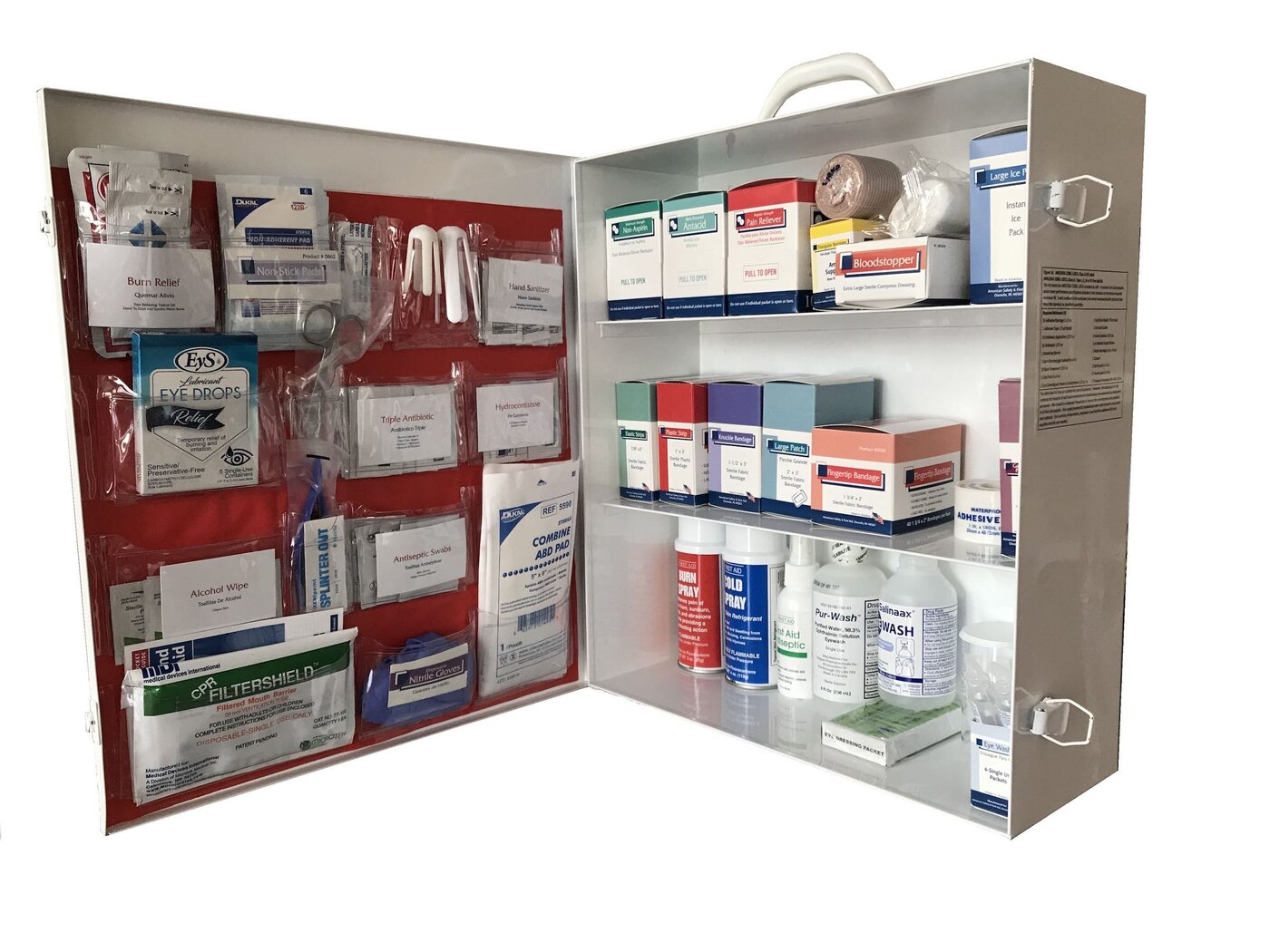
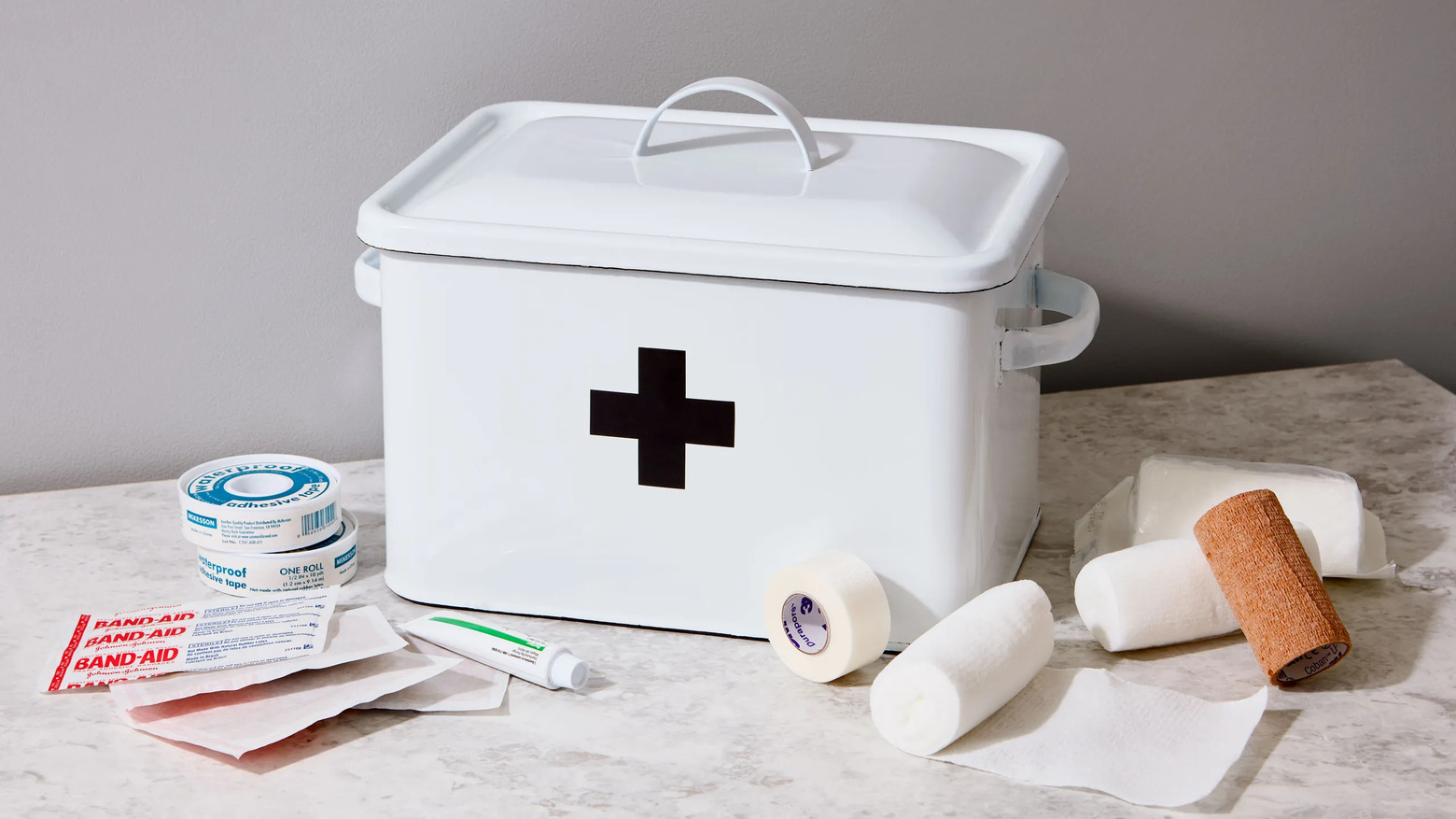
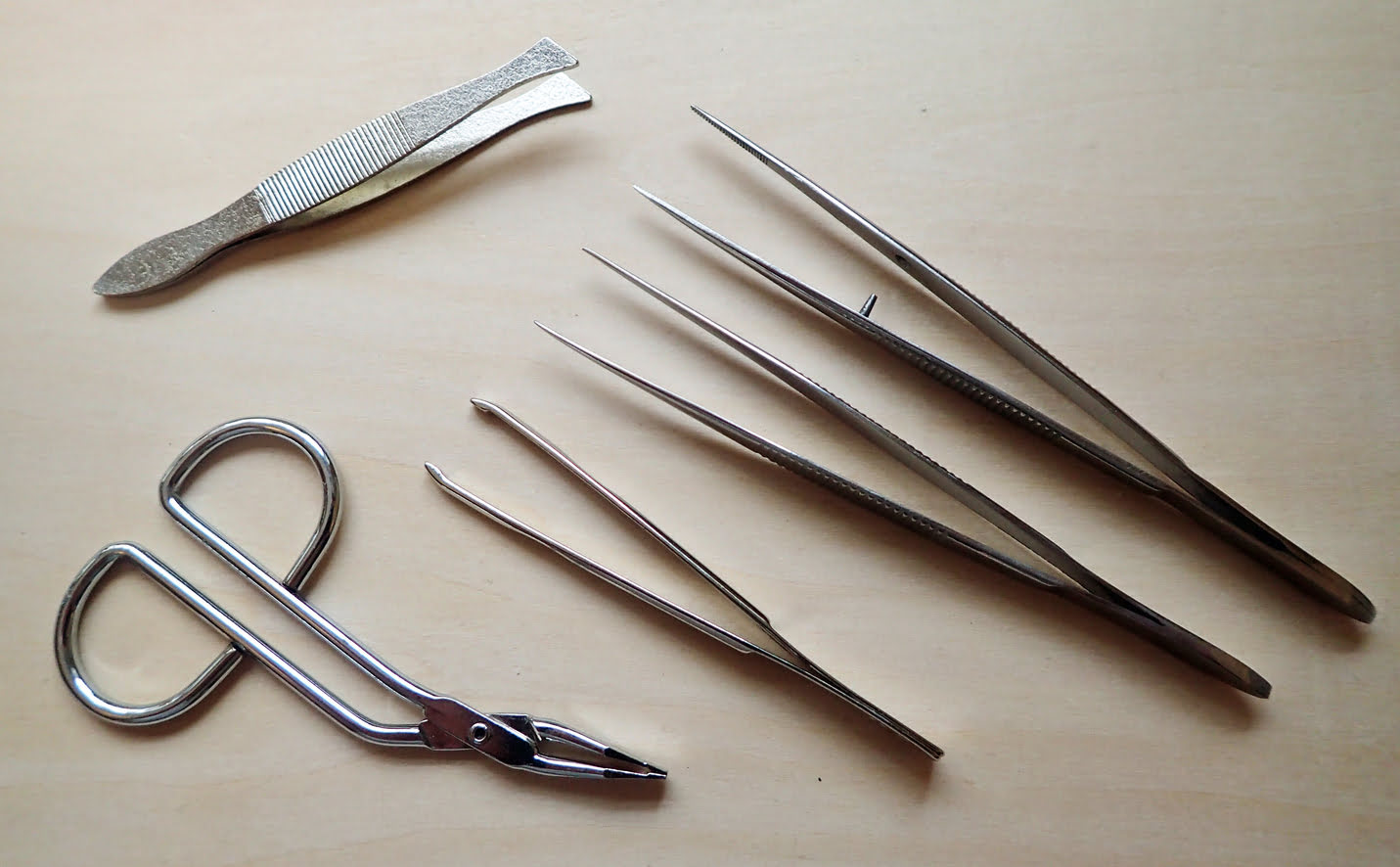
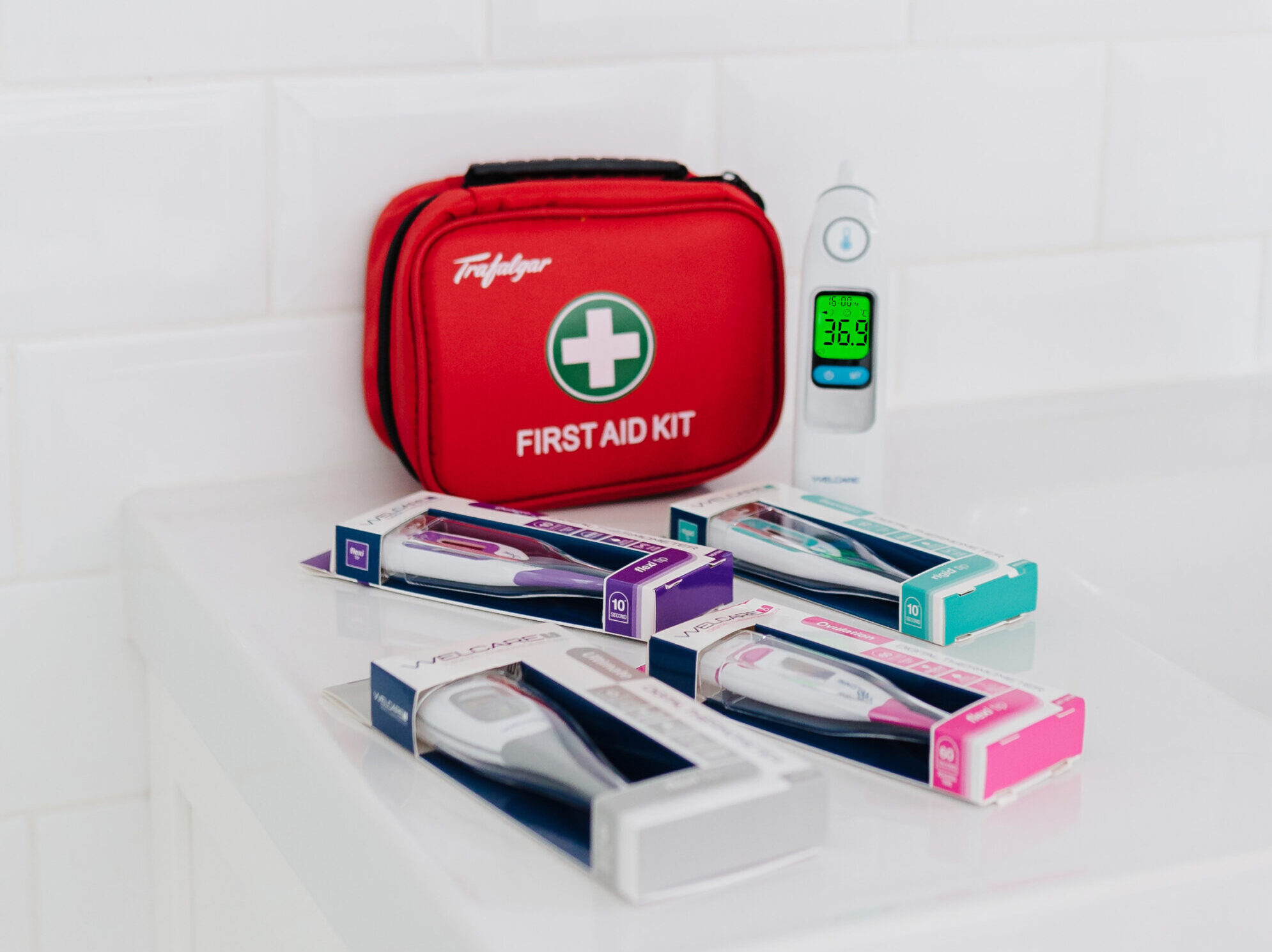
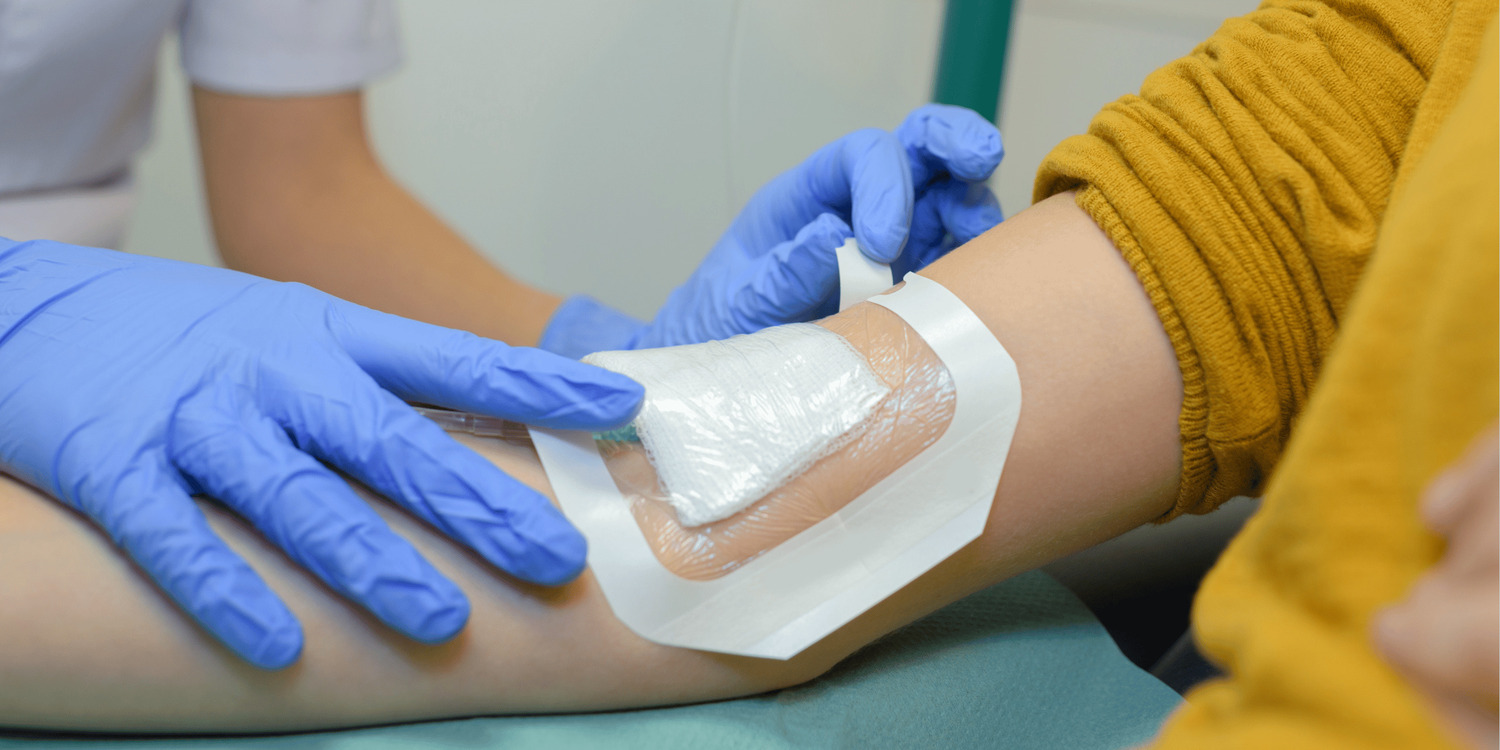
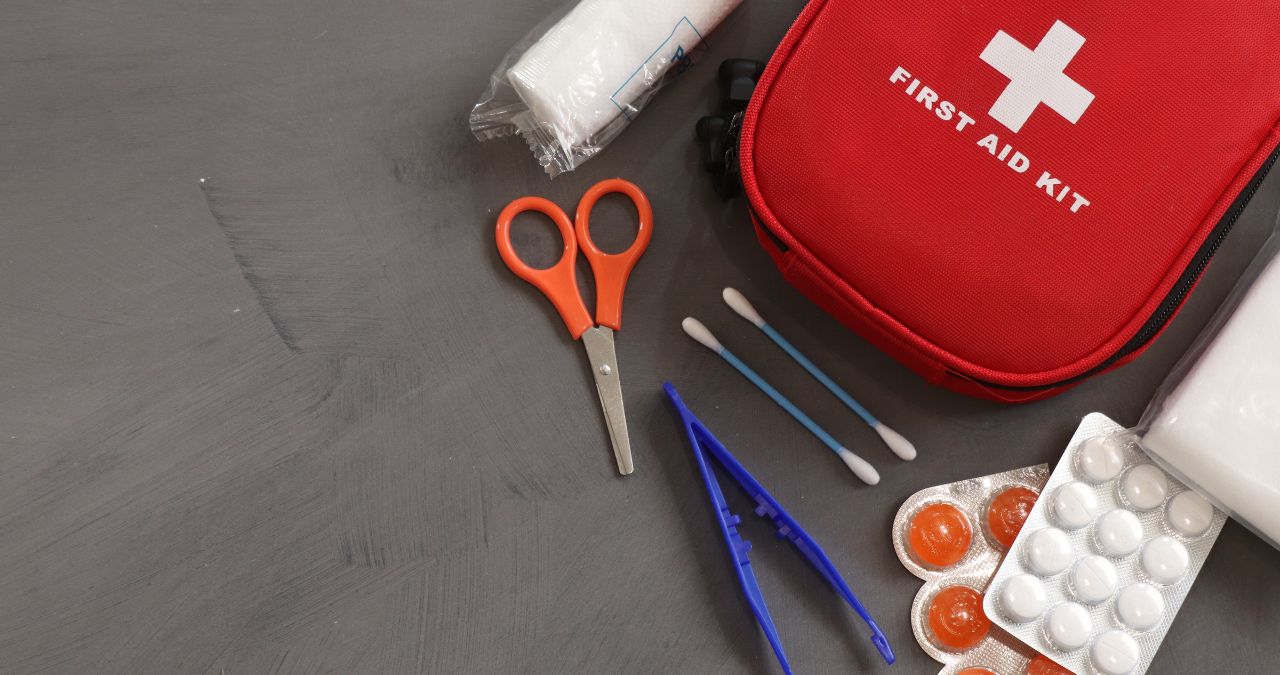
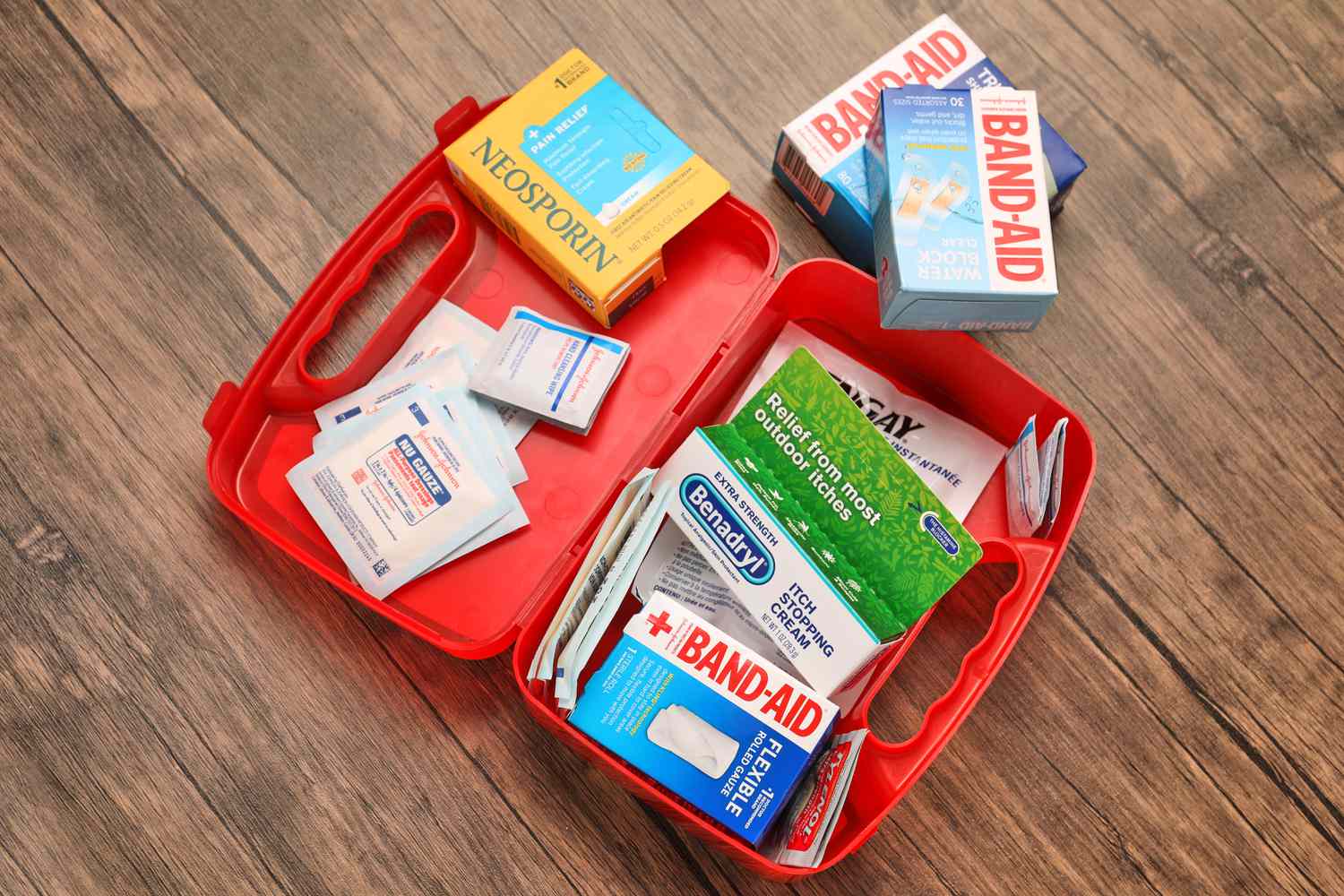
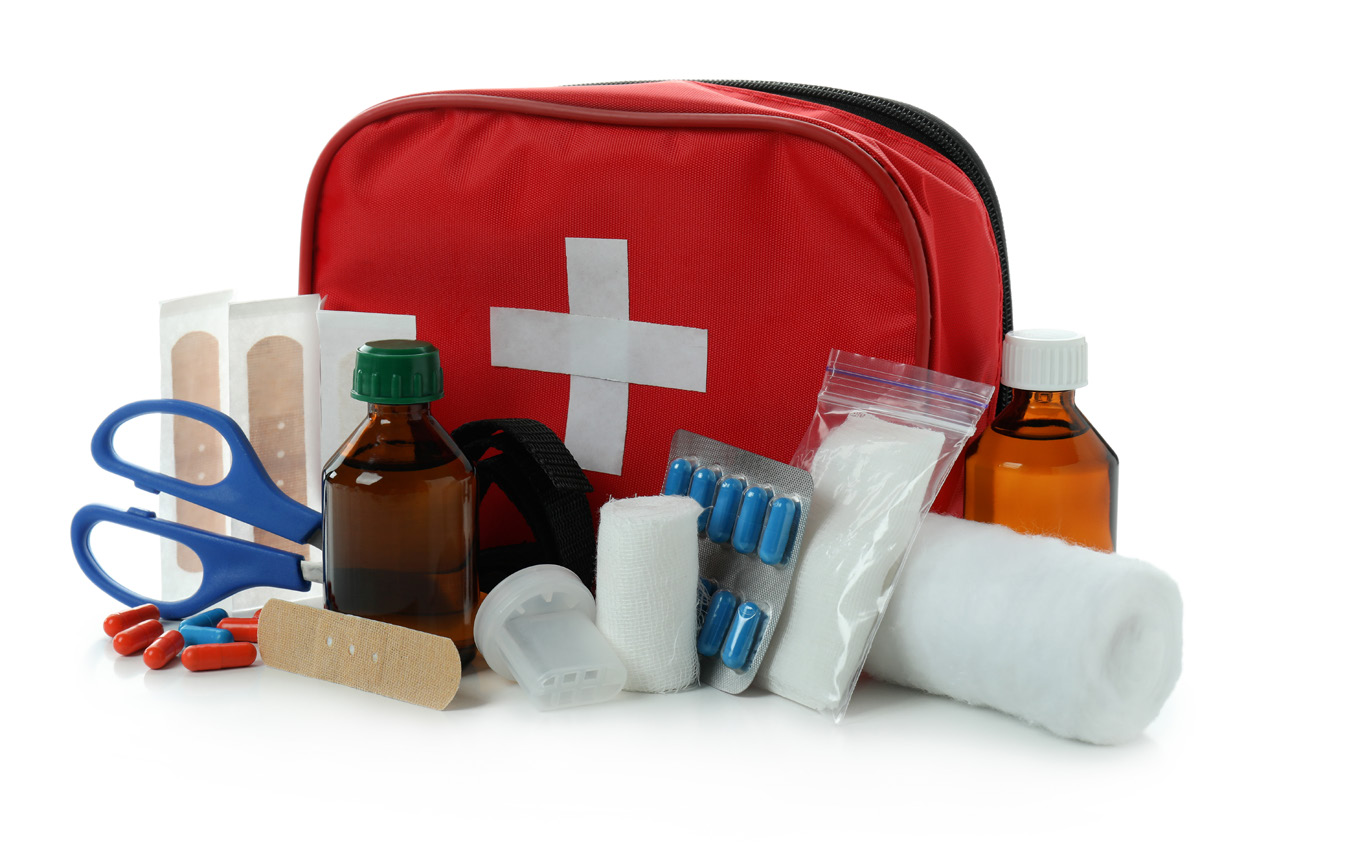
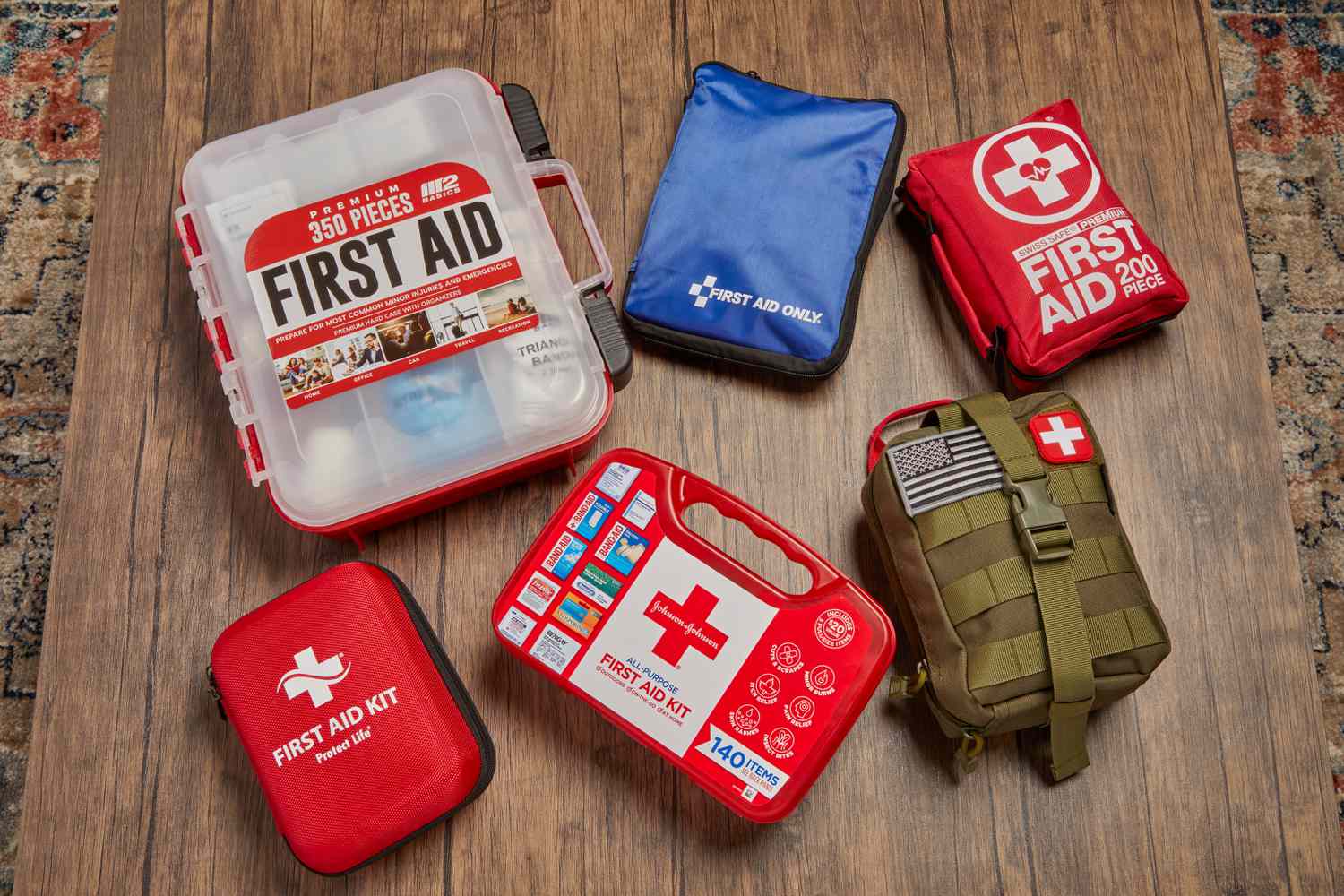
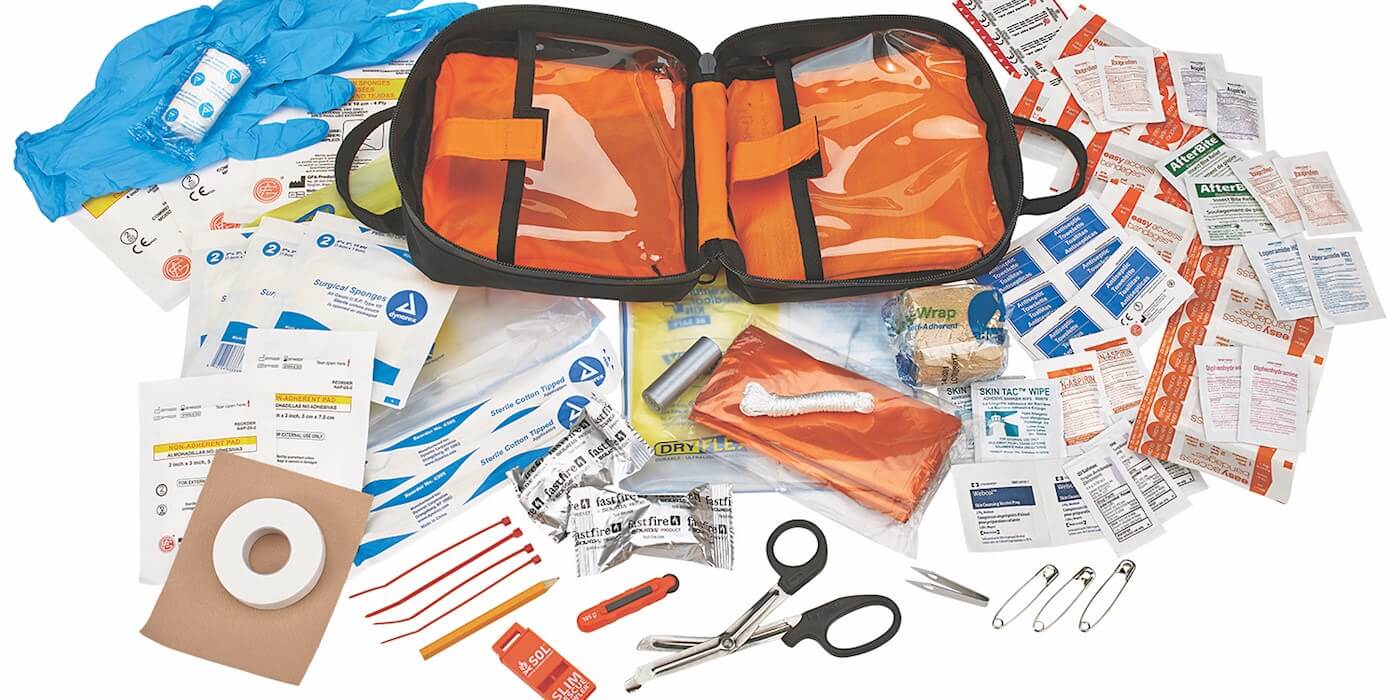
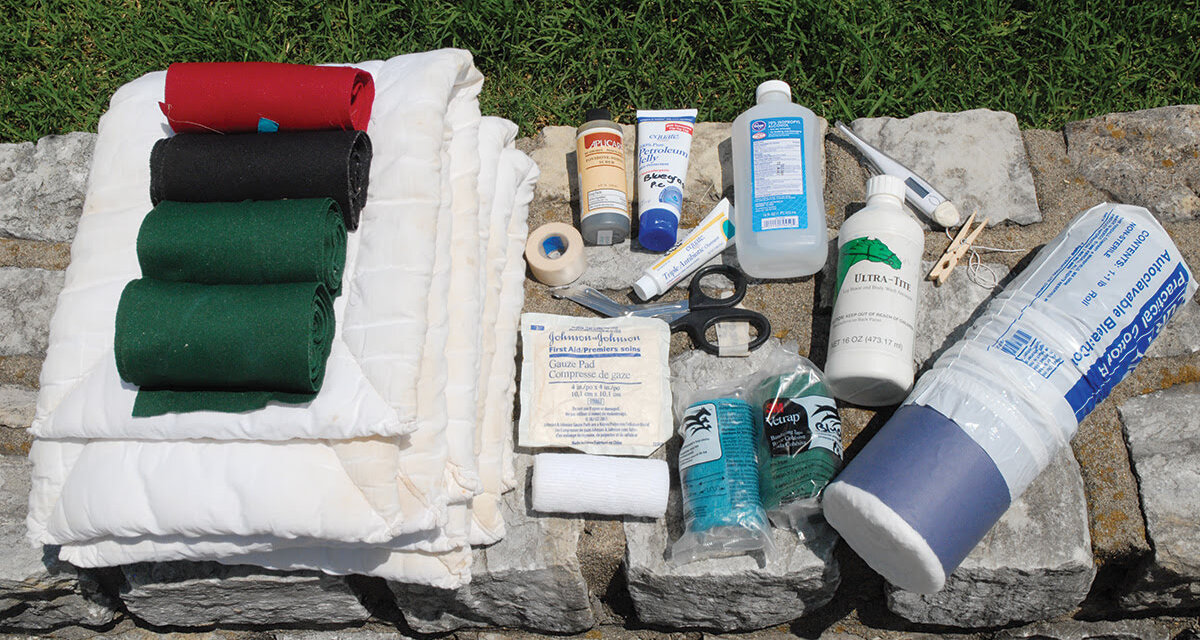


0 thoughts on “What Tool In A First Aid Kit Can Be Used To Remove Debris From A Wound?”